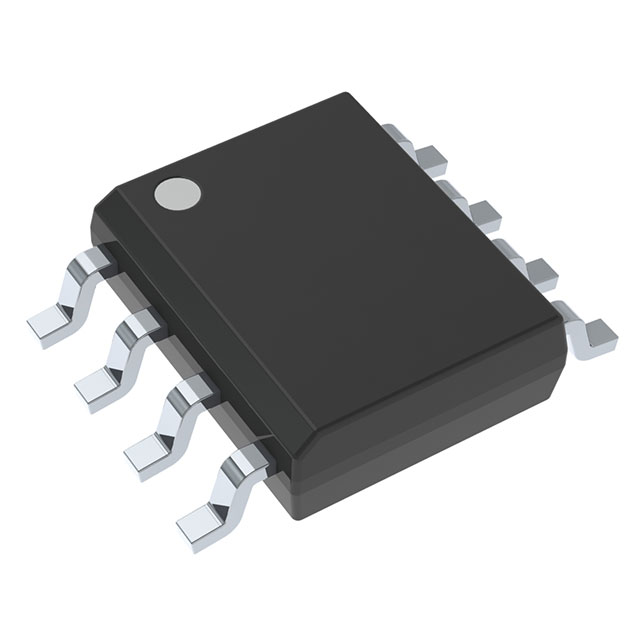

Texas Instruments
OPA2703UA
OP Amps, Buffer Amps ICs




.png?x-oss-process=image/format,webp/resize,p_30)


OPA2703UA Description
OPA2703UA Description
The OPA2703UA from Texas Instruments is a high-performance, CMOS-based dual operational amplifier designed for precision analog applications. Packaged in an 8-SOIC tube, this surface-mount IC operates over a 4V to 12V supply range, making it versatile for both low-voltage and mid-voltage systems. With an ultra-low input bias current of 1 pA and a minimal input offset voltage of 160 µV, it ensures high accuracy in signal conditioning. The 1 MHz gain bandwidth product (GBW) and 0.6V/µs slew rate enable stable performance in bandwidth-sensitive circuits while consuming only 160µA per channel, ideal for power-constrained designs.
OPA2703UA Features
- Low Power Consumption: 160µA/channel supply current extends battery life in portable devices.
- Precision Performance: 1 pA input bias current and 160 µV offset voltage minimize errors in high-impedance sensor interfaces.
- Wide Supply Range: 4V to 12V operation supports diverse power architectures.
- CMOS Technology: Ensures rail-to-rail output swing and compatibility with mixed-signal systems.
- Robust Packaging: MSL 2 (1 Year) rated and ROHS3/REACH compliant for environmental and reliability standards.
- Dual-Channel Integration: Two amplifiers in one package save board space in multi-channel designs.
OPA2703UA Applications
- Sensor Signal Conditioning: Ideal for piezoelectric, thermocouple, or photodiode amplifiers due to low input bias current.
- Portable Medical Devices: Combines low power and precision for ECG, blood glucose monitors, or wearable sensors.
- Active Filters & PID Controllers: The 1 MHz GBW suits low-frequency control loops and audio processing.
- Battery-Powered Systems: Energy-efficient operation benefits IoT nodes, handheld meters, and wireless sensors.
- Test & Measurement Equipment: High DC accuracy supports instrumentation amplifiers and data acquisition.
Conclusion of OPA2703UA
The OPA2703UA stands out for its ultra-low power, precision, and CMOS flexibility, addressing challenges in portable, sensor-heavy, and mixed-signal designs. Its dual-channel integration and wide voltage range make it a cost-effective upgrade over older bipolar or JFET op-amps. Engineers targeting low-noise, low-drift applications will find it particularly advantageous in medical, industrial, and consumer electronics where accuracy and efficiency are critical.
Tech Specifications
OPA2703UA Documents
Download datasheets and manufacturer documentation for OPA2703UA
 OPA703/4, 2703/4, 4703/4 Datasheet
OPA703/4, 2703/4, 4703/4 Datasheet  OPA703/4, 2703/4, 4703/4 Datasheet
OPA703/4, 2703/4, 4703/4 Datasheet  Design 25/Feb/2022 Copper Wire Base Alternative 23/Apr/2014
Design 25/Feb/2022 Copper Wire Base Alternative 23/Apr/2014 Shopping Guide





























.png?x-oss-process=image/format,webp/resize,h_32)










